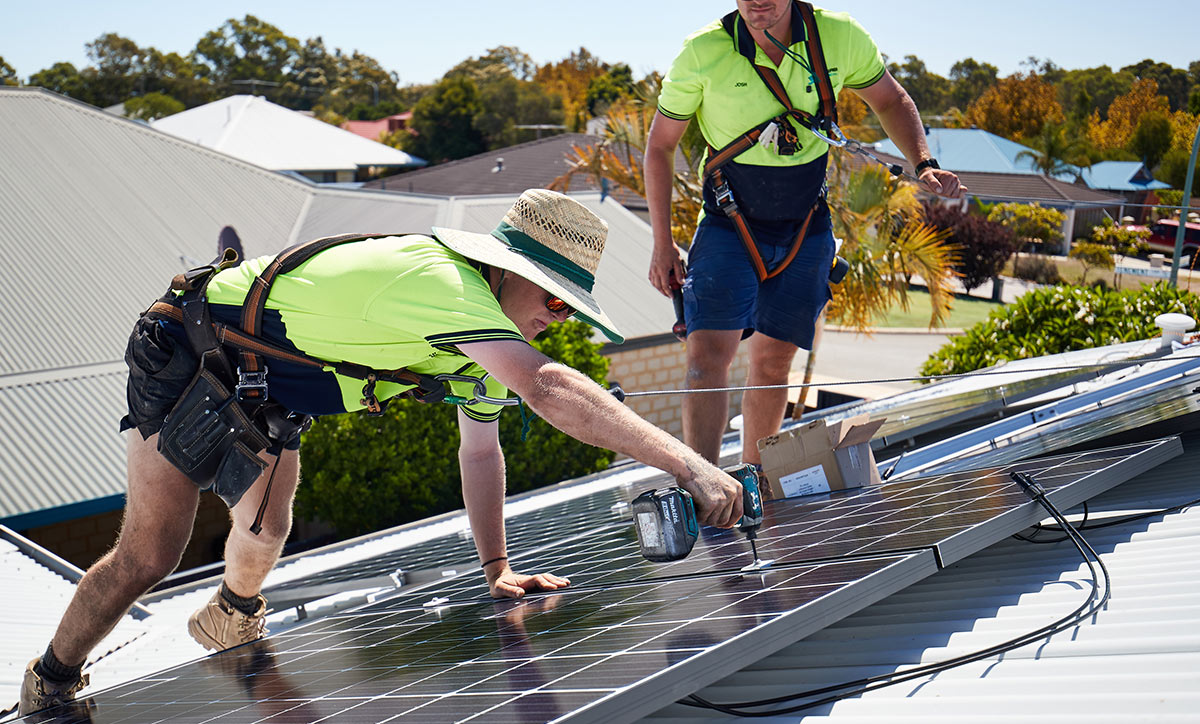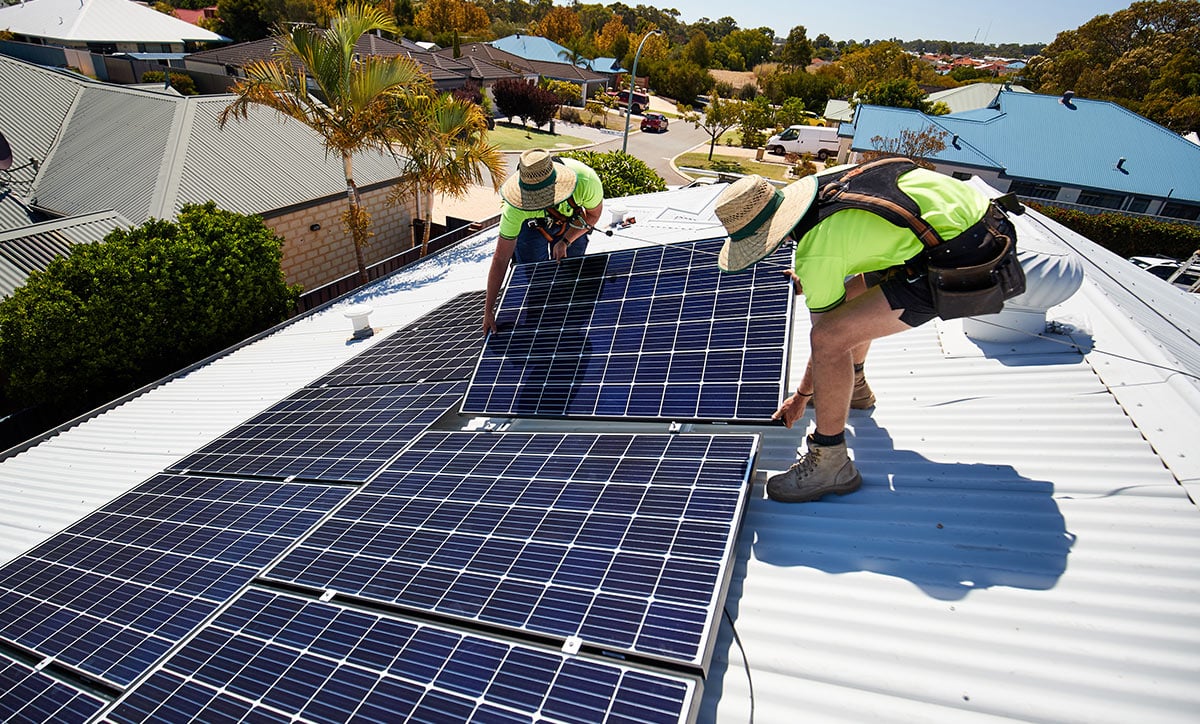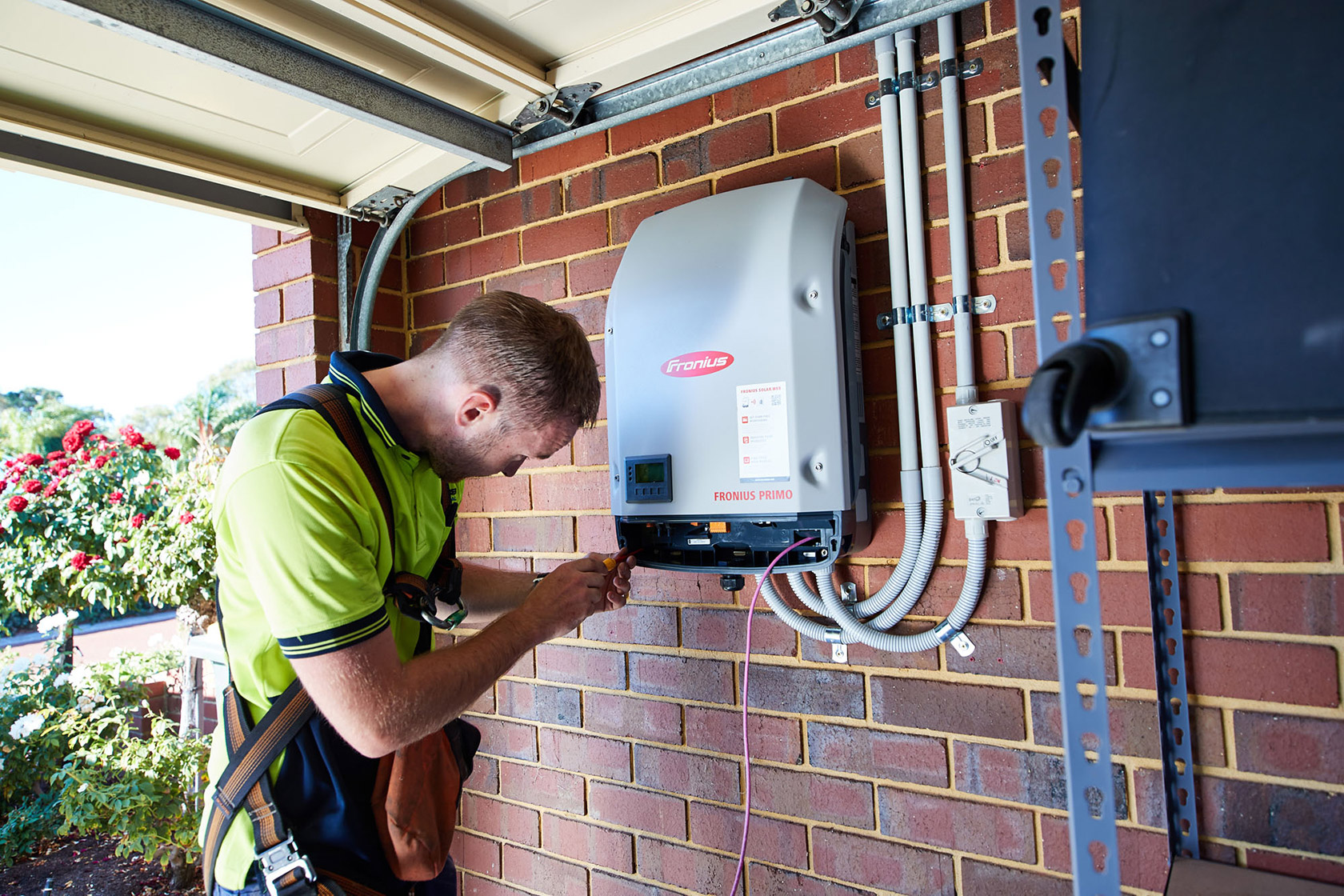What is grid-connected solar power?
Grid-connected solar power allows your home to draw electricity from the main network when your solar panels don't generate enough. It's a two-way exchange; excess energy produced by your solar panels is fed back into the network, and you receive a feed-in credit on your account.
How does grid-connected solar work?
Solar panels on your roof capture direct current (DC) electricity, which is converted into alternating current (AC) electricity through a solar inverter. This AC electricity can be used in your home and on the network. When your panels produce more electricity than you need, the excess is channelled to the network via a special meter.
Do I need to connect my solar to the grid?
Connecting your solar to the network is optional but advantageous. While you can live off-grid with a battery storage system, this setup can be expensive due to initial costs and the need for a backup power source. Connecting to the network can lower your electricity bills, reduce setup costs, and provide a consistent power supply.
How do I know my connection type?
Your connection will be either individual or shared, each with a specific generation allocation. When you apply to connect solar PVs, our system indicates your connection type. This information helps us assess your application and may depend on the type of inverter you have.
- String inverters: These inverters connect panels in a row, and an issue with one affects the whole string.
- Micro inverters: Each panel has an independent micro inverter, allowing better monitoring and less impact from individual panel failures.
- Battery inverters: These transform stored DC energy into AC but cannot replace other inverters, adding to the system's cost and maintenance.
- Hybrid inverters: Combining solar and battery inverters, these streamline the system but may increase costs.

Choosing the right grid connection type
Choosing the right connection type depends on your system requirements and electricity needs. An experienced supplier or installer can guide you through available options and help tailor a system to your specifications.
How do solar battery storage systems integrate with grid connection?
Solar battery storage systems integrate seamlessly with network connections. Solar panels power your property, and excess energy charges the battery first. Once the battery is full, any remaining power is fed back into the network, offering a balance between energy independence and network reliance.
What are the benefits of solar power feeding back into the grid?
Feeding solar power back into the network has numerous benefits:
Energy Sustainability: Reduces reliance on fossil fuels.
Cost Savings: Earn feed-in credits, reducing your bills.
Flexibility: Avoids the need for an expensive battery storage system.
Some common misconceptions about solar panels and power supply
Myth: Every home should have solar
Reality: Solar is not suitable for all homes. Factors like cost, sun exposure, and property suitability must be considered.
Myth: The more panels, the better
Reality: The number of panels should match your electricity needs for optimal return on investment.
Myth: You won’t get any more power bills
Reality: Solar can reduce bills but may not eliminate them. Beware of bold claims and choose a reputable supplier.
Myth: Solar doesn’t work if it’s cloudy
Reality: Solar panels still generate power on cloudy days, though at reduced levels.
Myth: My solar and battery will still operate in an outage
Reality: For safety, solar systems shut down during grid outages unless equipped with a battery that has a 'blackout' mode.
Myth: Having a battery automatically disconnects you from the grid
Reality: A home battery does not disconnect you from the network unless you request disconnection. Even with a battery, you're still 'service-connected' to the network.
Do solar panels power your house or the grid?
Solar panels primarily power your home. Excess energy is stored in a battery, and any surplus is fed into the network. The setup of your system and your home's environment determine the balance between home and network power.

